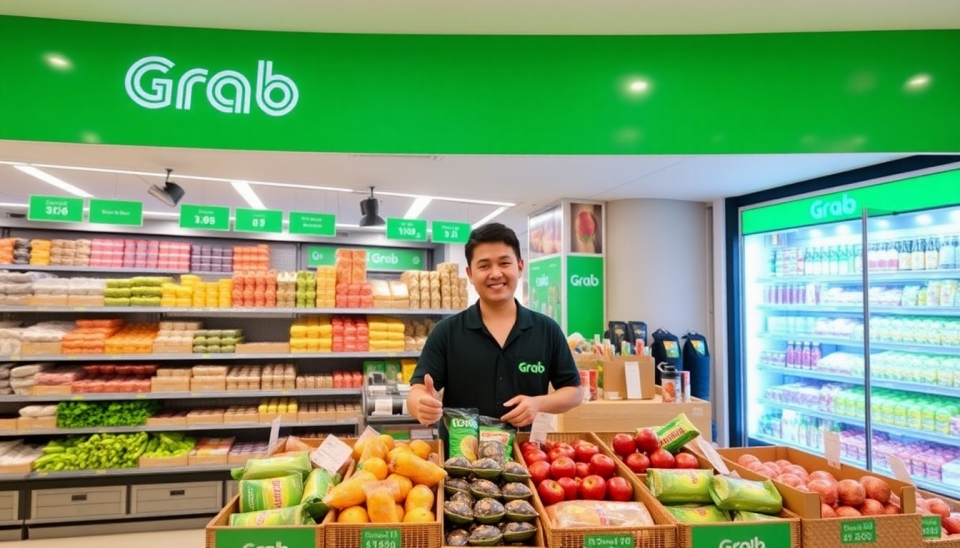
In a disappointing turn of events, Grab Holdings Limited, a leading ride-hailing and food delivery platform in Southeast Asia, has revealed that its sales forecasts for the upcoming quarter have significantly underperformed compared to market expectations. This news has caused ripple effects across its stock performance and raised concerns about the overall health of the ride-sharing and delivery market in the region.
The company, which operates in various countries across Southeast Asia including Singapore, Indonesia, and Vietnam, disclosed its latest financial projections during a recent earnings call. Grab's management indicated that the anticipated sales growth for the next quarter would be less robust than what analysts had previously estimated. Analysts had hoped for a steady recovery in the ride-hailing sector post-pandemic, but recent trends suggest that the pace of growth may be stalling.
One major factor contributing to this slowdown is the increasing competition within the ride-hailing space. The entry of new players and the aggressive strategies employed by existing competitors have started to erode Grab's market share. Consequently, the company is finding it challenging to attract and retain customers amidst this fierce rivalry, which has subsequently affected its revenue projections.
Another aspect weighing on Grab's performance is the ongoing macroeconomic challenges that are gripping several Asian nations. Inflationary pressures and the rising cost of living have led to decreased consumer spending power, which has resulted in lower demand for ride-hailing services. As a result, Grab has adjusted its expectations accordingly, predicting slower sales growth in the near future. This cautious outlook has not sat well with investors, prompting significant fluctuations in Grab’s stock value.
In conjunction with these difficulties, Grab has expressed its commitment to improving service efficiency and enhancing the user experience. The company is focusing on technological innovations to streamline operations, hoping that these advancements will help them navigate through challenging times. Grab is also exploring new revenue streams such as expanding its logistics services and food delivery offerings to diversify its income sources and mitigate the impact of the slowing ride-hailing market.
Overall, Grab's recent sales forecast serves as a critical reminder of the challenges facing the ride-hailing industry in Asia. As competition heightens and economic conditions fluctuate, companies like Grab must adapt quickly to maintain their competitive edge. The outlook remains uncertain, and stakeholders will be keenly watching for any signals of recovery or further decline in the coming quarters.
In the face of these challenges, Grab remains focused on its long-term strategy to solidify its position as a leading player in the Southeast Asian market. The company’s ability to navigate through these tough waters will be crucial in determining its future trajectory.
As the situation unfolds, observers of the ride-hailing landscape will be eagerly awaiting further updates from Grab, especially regarding its strategy to handle the rising competition and restore investor confidence.
#Grab #RideHailing #SoutheastAsia #SalesForecast #Competition #Investors
Author: John Miller




